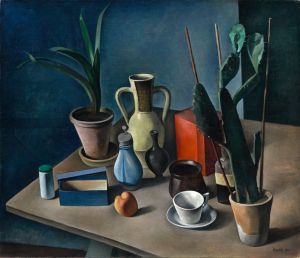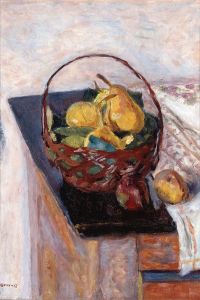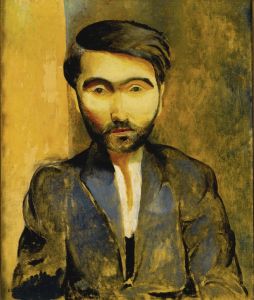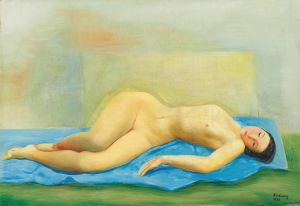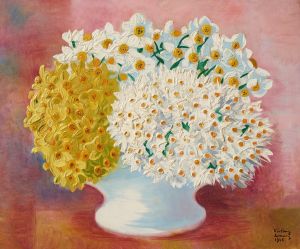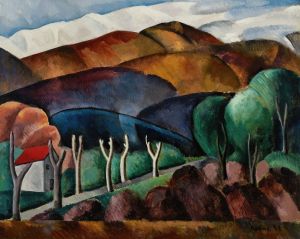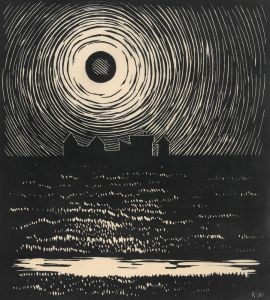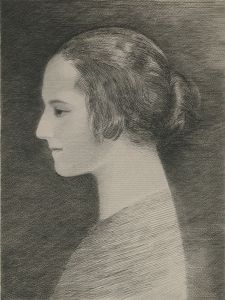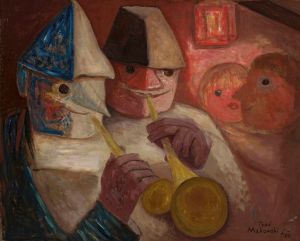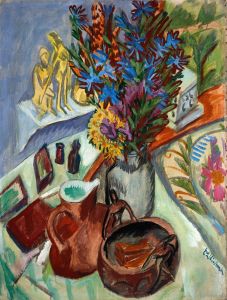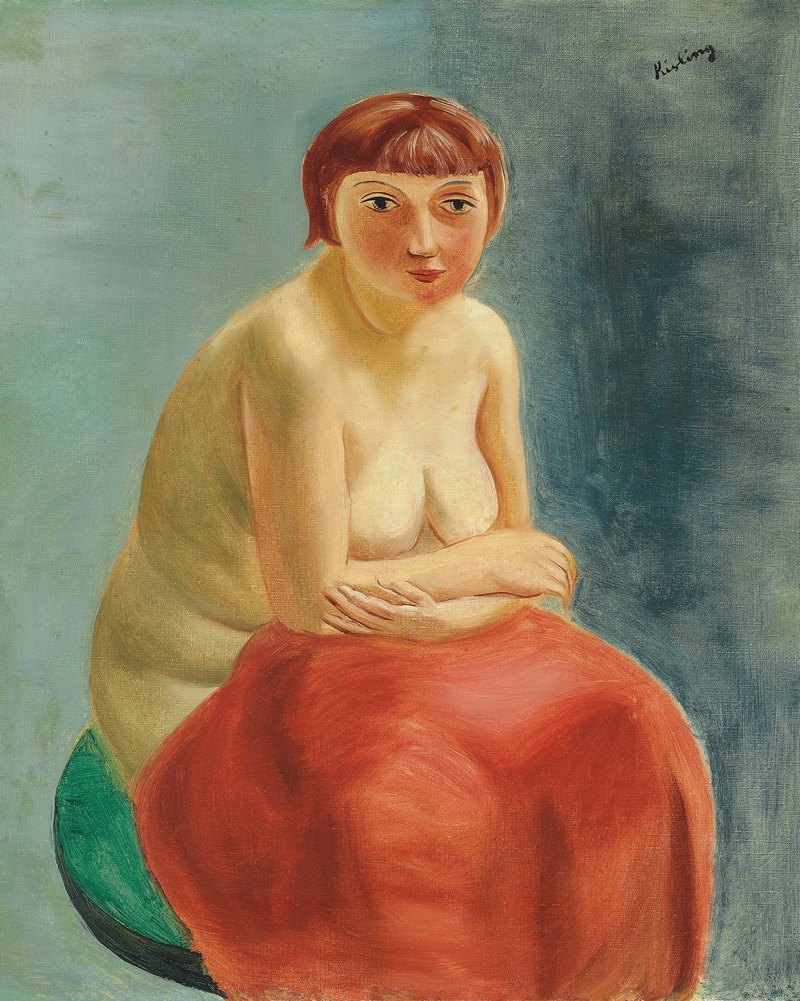
Nu assis à la draperie rouge
A hand-painted replica of Moïse Kisling’s masterpiece Nu assis à la draperie rouge, meticulously crafted by professional artists to capture the true essence of the original. Each piece is created with museum-quality canvas and rare mineral pigments, carefully painted by experienced artists with delicate brushstrokes and rich, layered colors to perfectly recreate the texture of the original artwork. Unlike machine-printed reproductions, this hand-painted version brings the painting to life, infused with the artist’s emotions and skill in every stroke. Whether for personal collection or home decoration, it instantly elevates the artistic atmosphere of any space.
Moïse Kisling was a Polish-born French painter, known for his distinctive style that blended elements of modernism with classical techniques. He was an integral part of the École de Paris, a group of artists who were active in the Montparnasse district of Paris in the early 20th century. Kisling's work is characterized by its vibrant use of color, expressive forms, and often, a focus on the human figure.
One of Kisling's notable works is "Nu assis à la draperie rouge" (Seated Nude with Red Drapery). This painting exemplifies Kisling's skill in portraying the human form with both sensitivity and boldness. The artwork features a nude female figure seated against a backdrop of rich, red drapery. The use of red is significant in Kisling's work, as it often adds a dramatic and emotional depth to his compositions.
The painting showcases Kisling's ability to blend realism with a modernist approach. The figure is rendered with a keen attention to anatomical detail, yet there is a softness and fluidity to the lines that suggest a departure from strict realism. The red drapery serves not only as a background but also as a compositional element that enhances the sensuality and warmth of the scene. The contrast between the figure's skin tones and the vibrant red creates a dynamic visual impact.
Kisling's choice of subject matter and his stylistic approach were influenced by his interactions with other artists in Paris, including Amedeo Modigliani, with whom he shared a close friendship. Like Modigliani, Kisling was interested in exploring the nuances of the human form and often painted portraits and nudes. However, Kisling's work is distinct in its use of color and its blend of traditional and modern elements.
"Nu assis à la draperie rouge" reflects Kisling's mastery of color and form, as well as his ability to convey emotion through his art. The painting is a testament to his place within the École de Paris and his contribution to the development of modern art in the early 20th century. Kisling's works, including this painting, are held in high regard and can be found in various private and public collections around the world.
Throughout his career, Kisling faced the challenges of being an immigrant artist in France, especially during the tumultuous periods of World War I and World War II. Despite these challenges, he remained dedicated to his craft and continued to produce works that resonated with audiences for their beauty and emotional depth.
In summary, "Nu assis à la draperie rouge" is a significant work by Moïse Kisling that captures the essence of his artistic vision. Through its vibrant color palette and expressive portrayal of the human form, the painting exemplifies Kisling's contribution to the modernist movement and his enduring legacy in the world of art.





